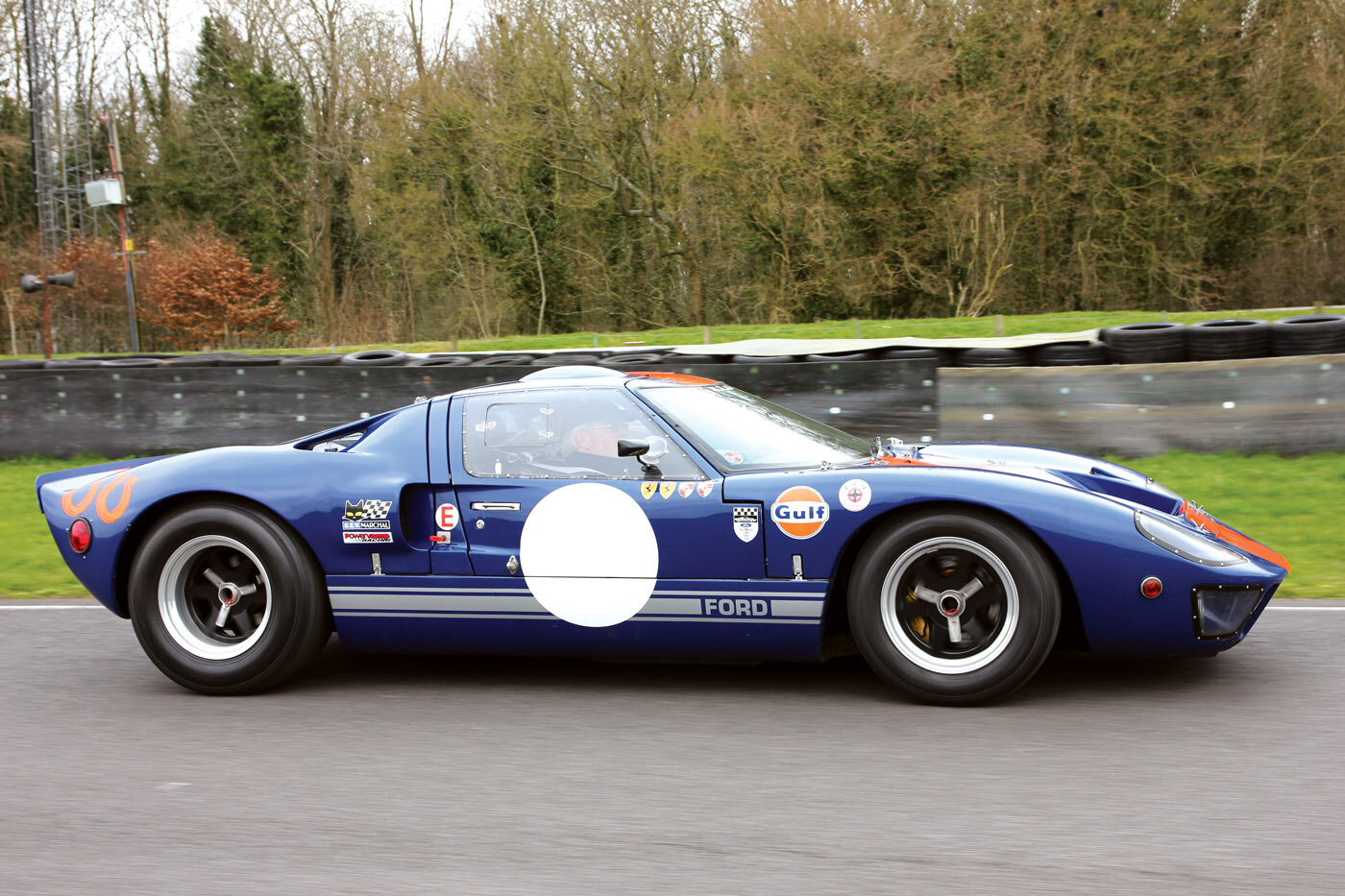
Racking up miles on a Tornado Sports Cars GT40 replica
Story and Photos by Rob Hawkins
It’s not often you come across a replica of an iconic 1960s race car that’s not only been driven on several European race circuits, but also driven to them. Dave Hensley has piloted his Ford GT40 replica to Le Mans in France 10 times and also motored around the circuit. He’s also been to a number of British racetracks, including Brands Hatch, Donington Park, Oulton Park Circuit and Castle Combe to take part in track days. And in 2018, he plans to drive to Spa, Belgium, for a track day on the famous Circuit de Spa-Francorchamps race circuit.
This particular replica was supplied in component form by Tornado Sports Cars in the U.K. and built during the 1990s by Rod Smith, taking four years to complete. Dave bought the car from him in 1999, and a few years on, he wanted to make some changes.
Dave was inspired by the original Gulf-sponsored GT40 (chassis No. 1049), which wore dark blue paint and came before the famous pale blue GT40s managed by John Wyer. Grady Davis, the vice president of Gulf Oil at the time, owned the car, and it won its class at the 1967 Daytona 24-hour race. Dave’s car would mirror the first Gulf GT40, and conveniently, the exterior paintwork was already the right color. All Dave had to do was add the decals, but he had a few other details in mind.
Under the rear bodywork, there was a Ford 302 HO engine from a 1989 Mustang. This has a different firing order than standard 302s, and it had steel cylinder heads instead of aluminum and a camshaft with roller rockers.
Dave removed both cylinder heads, had them pressure and crack tested, and the valves were reground. He also fit competition-spec roller rockers with new Ford Motorsport pushrods and rebuilt the heads with competition bolts and gaskets.
“The camshaft is a roller type, so it marries well with the roller rockers and improves horsepower,” Dave explains. He wanted a better throttle response and a smoother power curve on track under hard acceleration.
At the other end of the engine, Dave changed the sump for a larger capacity Canton Racing Products Big Wing unit that is baffled and holds another half gallon of oil. The baffling helps maintain oil pressure under hard acceleration, braking, and cornering, particularly important on a racetrack. The oil system also has an external cooler and its own electric fan with a manual switch, which he uses on track days to help maintain the temperature. Oil preservation is essential, and upgrades like these are ideal winter projects before a season begins.
Continuing with the subject of heat control, “The cooling system has been changed from a standard mechanical pump to a Davies Craig electric pump,” he says. “I did away with the standard pump and replaced it with a homemade plate with two return pipes made from 12 mm alloy. The new pump sits at the front, next to the radiator, and pumps from the outlet side back to the motor.”
With no mechanical pump, the engine produces a few extra horses and the electric pump can be run after the engine has been switched off to avoid hot spots — useful after a track session when the entire car needs to cool down.
Some authentic-looking parts have been custom-made. The crossover exhaust headers, for instance, were made by Tony Law of Leeds in the U.K. to replicate the originals that were used on Ford GT40s.
“The exhausts have given better performance and the unmistakable GT40 roar,” Dave points out. “Before fitting them, I sent the system to Camcoat for ceramic coating inside and out, which helps with heat in the engine bay and improves exhaust gas flow.”
When it came to the fueling, though, authenticity was too much. A single Holley carb had been fitted when he bought the car but later changed.
“Weber 48 IDFs were used for racing, but 44 IDFs are big enough for the power I need,” Dave says. “I have changed the fueling system by fitting a surge pot and new pumps along with a Holley fuel pressure valve.”
On the ignition side, there’s a Mallory distributor with electronic ignition, a high-output coil, Mallory competition plug leads and NGK spark plugs. A Microdynamics rev limiter is fitted with a cabin control, allowing Dave to control the limit between 4,500 and 7,500 rpm. On the track, he sets it to 6,500 rpm.
Dave hasn’t cut any corners on the electrical system either. A good battery and starter motor are essential, so he’s invested in a 12-volt dry-cell-type battery from Powervamp Racing and a suitably geared starter motor from Aldon Automotive.
The Ford 302 V8 is mated to a Renault 30 five-speed transaxle via an adapter plate. A rod change system enables gears to be selected, and Dave has made his own gearshift from aluminum, based on drawings he sourced.
When he bought the car, he discovered that the front brakes were standard Ford Granada single-piston calipers with vented rotors, and the rears were standard Ford Sierra solid rotors with single-piston calipers and a mechanical parking brake. Such a setup is sufficient for a heavy Ford Granada or Sierra sedan, so it should be capable of stopping a lighter GT40 replica. However, he decided to ditch these and buy HiSpec brake components, fitting their alloy four-pots at the front with floating drilled rotors. At the rear, he changed to HiSpec’s brake and handbrake calipers but retained the solid Sierra rotors.
“I have experimented with different brake pads and found that EBC YellowStuff are the best,” he notes. These are recommended for both road and track use, which means he can confidently drive to the track, around it, and then back home.
“I have also routed ducting to all the brakes, which does work,” he adds. “I get no overheating or brake fade whatsoever.”
One aspect of the brakes that some people may feel Dave has gone backward on is the removal of two brake servos. He’s not only removed them, but also the brake master cylinders, replacing them with a new floor-mounted bias-brake box. “It gives a better feel to the brakes on and off the track.”
Another area that may seem strange is having air conditioning, which has come in handy in France. It may take away some of the engine’s performance, but it ensures Dave isn’t roasting inside the cabin, enabling him to perform behind the steering wheel.
“I purchased the A/C system from the U.S. in kit form,” he explains. “It works really well. The only bad job was fitting the compressor to the block in such a small space, but I found a way.”
Speaking of limited space, he found that headroom in the cabin was a little tight, especially when wearing a helmet for track days, so he had a Gurney bubble fitted to the top of the driver’s door, which was made famous by Dan Gurney’s GT40s.
Dave is continuing to improve his Tornado, and should he feel the urge to venture from track days to full-on racing, there’s a classification in the U.K. called Bernie’s V8s/SR and GT. It’s packed with TVRs, Porsches and replicas of Cobras and GT40s. In the meantime, he’s helping a couple friends build their own GT40 replicas. And his hard work has paid off. “People often remark that it must be nice to own an original GT40, to which I say, ‘It’s an original replica.’”

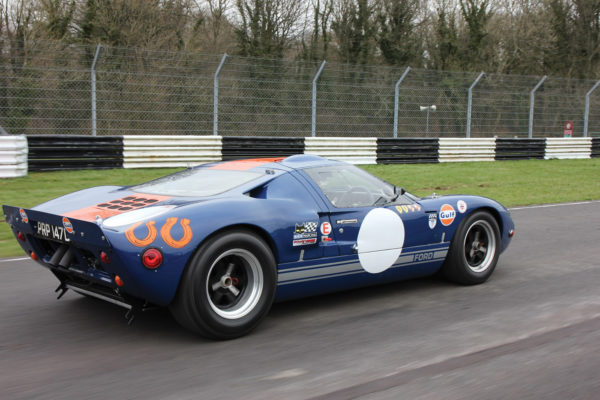
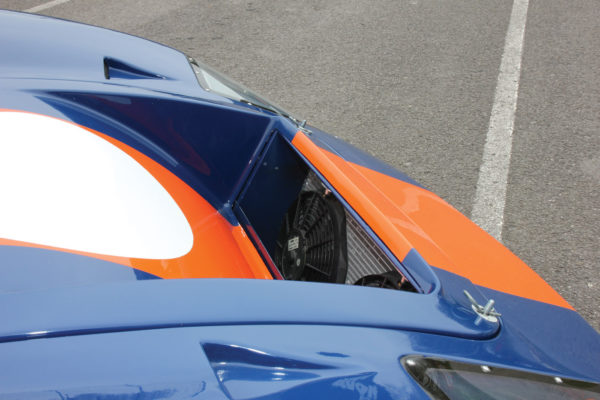
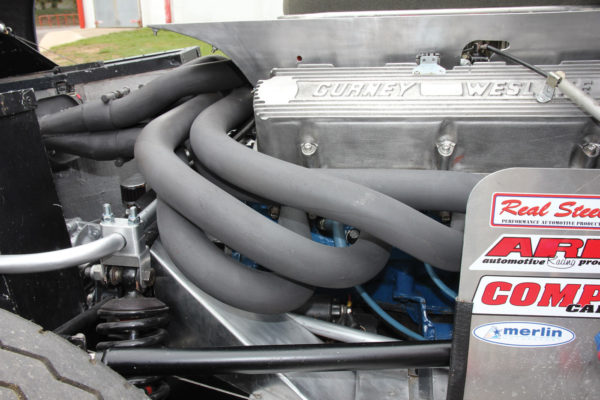
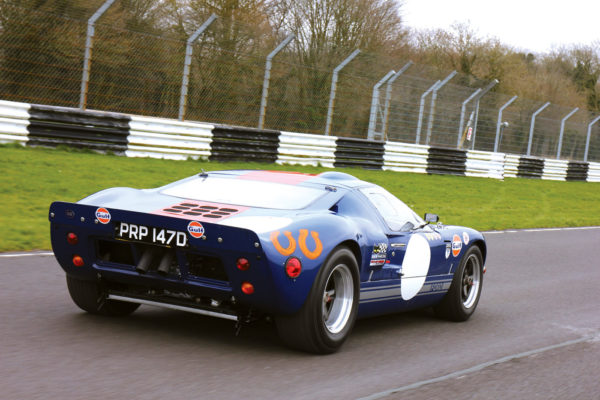
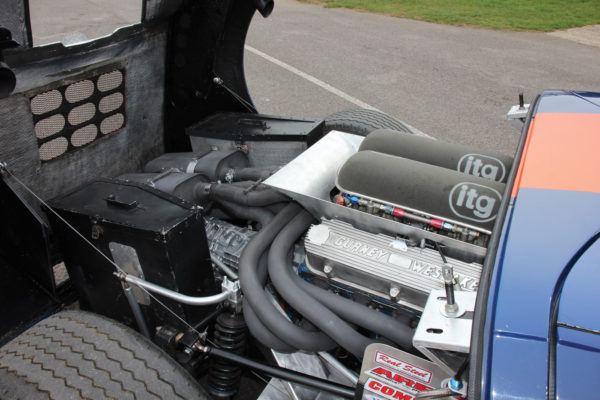
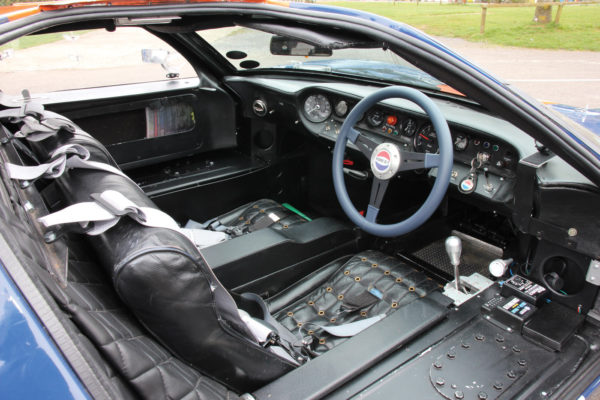
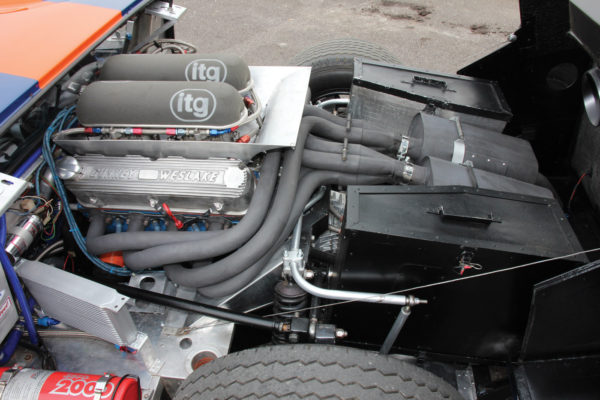
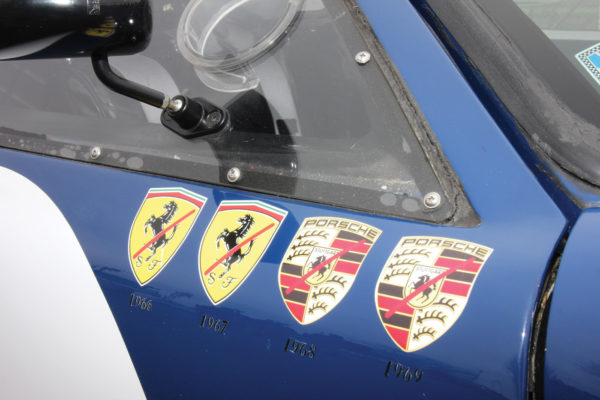
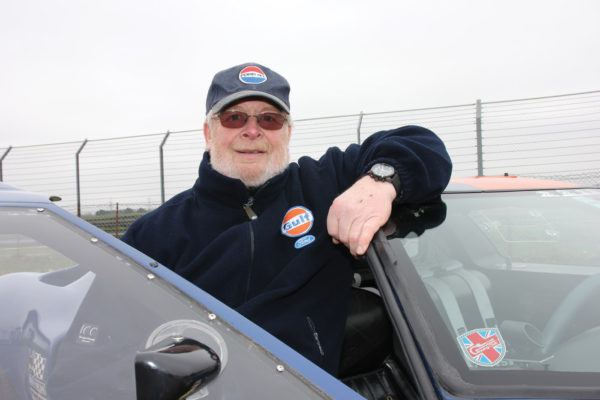
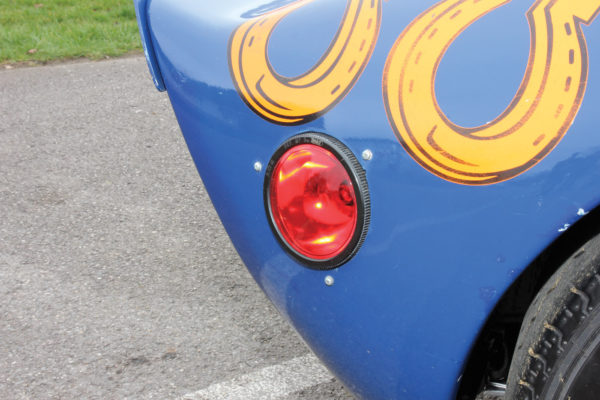
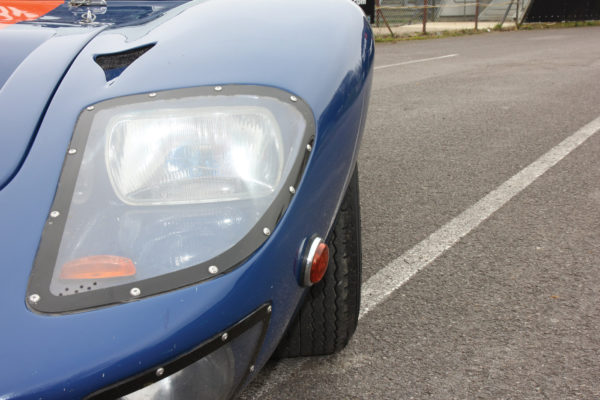
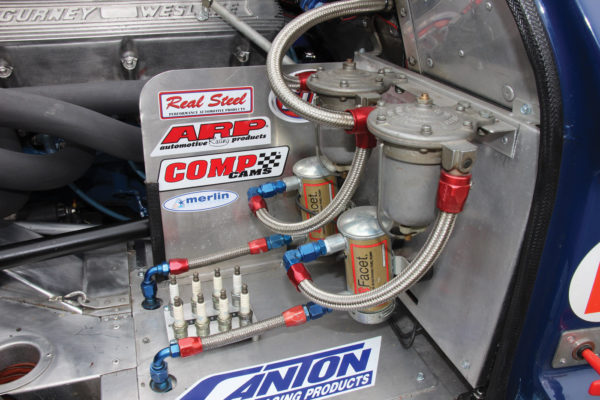
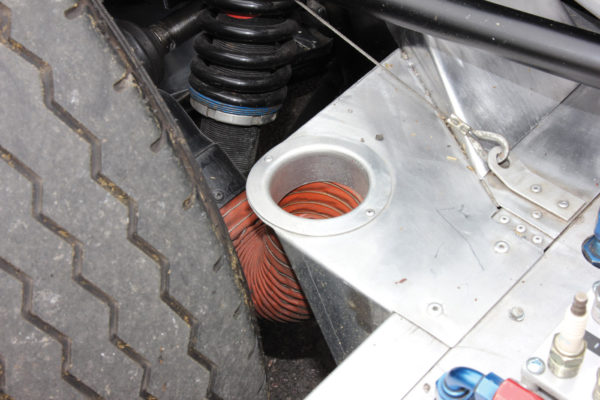
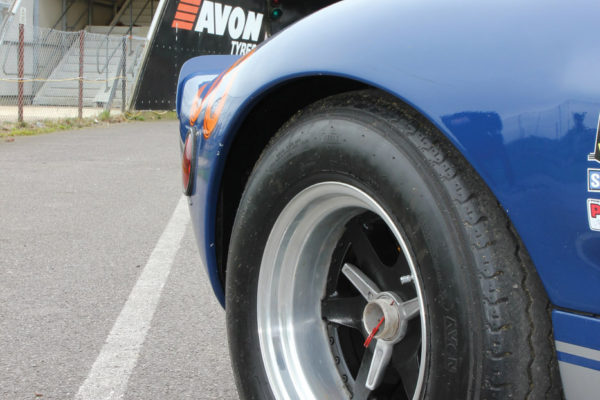
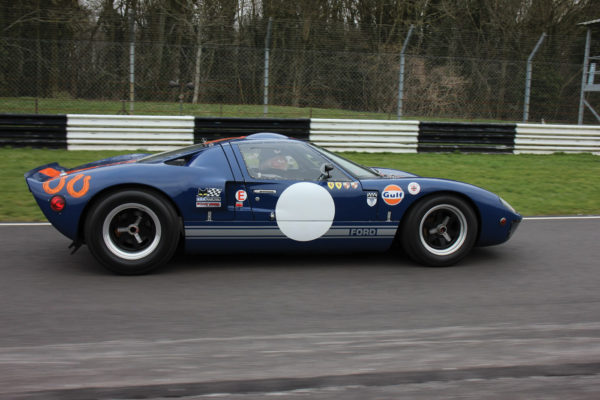
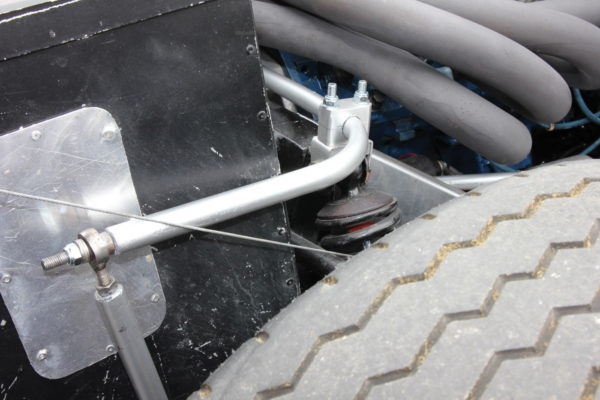
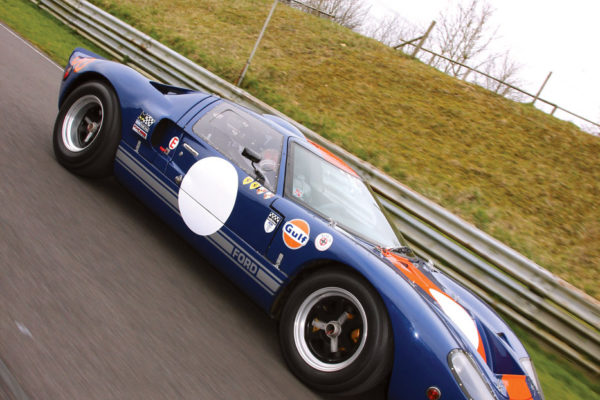
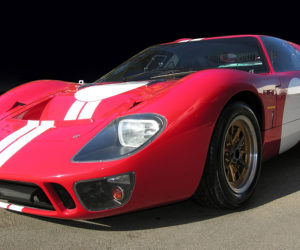
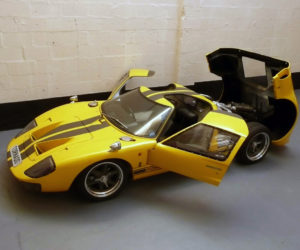
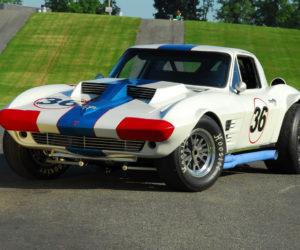
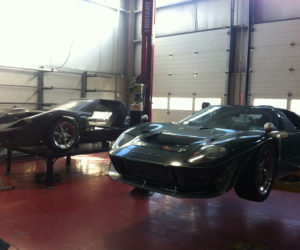
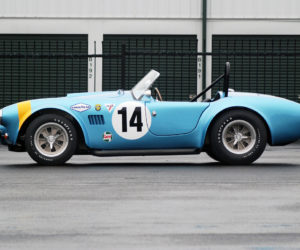
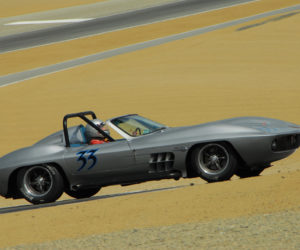




Comments for: Road and Race Ready
comments powered by Disqus